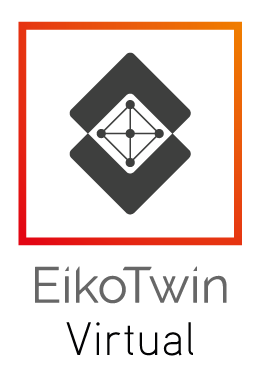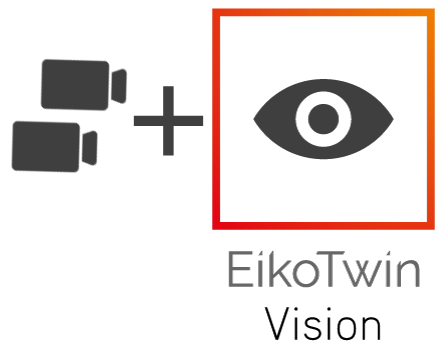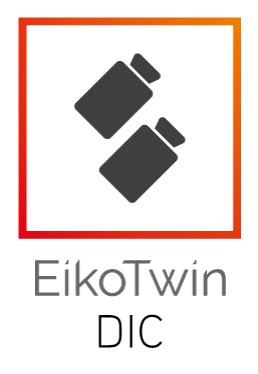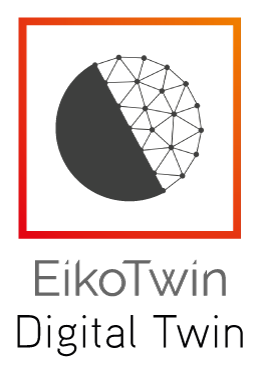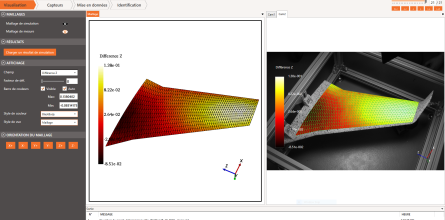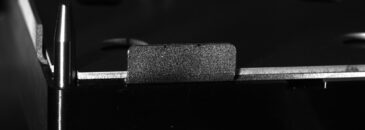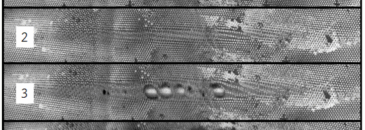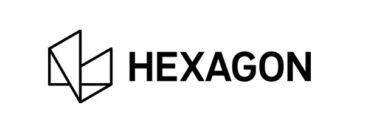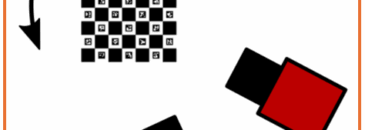EikoTwin Digital Twin
The EikoTwin Digital Twin is a highly effective tool to enhance simulation model calibration accuracy.
This innovative technology relies on digital models that are specifically calibrated using test data, ensuring that the resultant simulations provide highly accurate and reliable results.
Digital twin technology implements "augmented simulations", which use the measured data as boundary conditions, but also allow simulation-enabled model calibration of material model parameters to bring the simulation closer to the expected result.
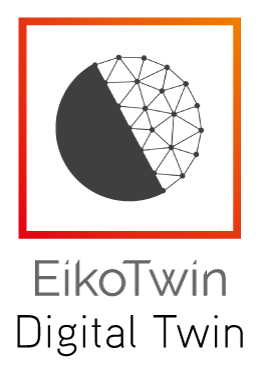
EikoSim's engineering partners and customers



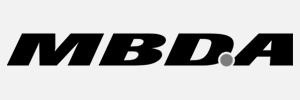

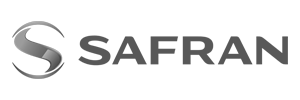
Testimonials

Applications and tutorials
Forming and DIC: measurement of large deformations
Experimental validation of forming processes, such as crimping, requires accurate characterization of local deformation fields, which can be achieved using DIC. A recent measurement campaign was conducted on an industrial part with severe geometric constraints, with an analysis area located on a section approximately 2 mm thick. Beyond the small size of the area of…
High-Speed DIC for Dynamic Analysis of Dashboard Opening during Airbag Deployment
This article showcases a use of high-speed DIC for validating the behavior of a dashboard opening. Passenger safety is a top priority in the automotive industry. In the event of a collision, the airbag must deploy quickly and effectively to protect the vehicle’s occupants. However, this ultra-fast process is directly influenced by the structure and…
Design of a thermomechanical test bench using virtual simulation: integration of a thermal chamber for coupled DIC/IR imaging
This article was written in collaboration with Thibaut Archer, researcher at ONERA. Setting up thermomechanical tests in a controlled environment is a major challenge for validating numerical models in structural mechanics. Optimum design of the test rig is essential to ensure accurate acquisition of displacement and temperature fields, via DIC and IR measurements, particularly when…
Advancing FEA validation: EikoSim partners with Hexagon
We’re excited to announce our strategic partnership with Hexagon Design and Engineering, bringing cutting-edge Digital Image Correlation (DIC) technology directly into your MSC Nastran and MSC Apex workflows. Transforming simulation accuracyThis collaboration integrates EikoSim’s EikoTwin software solutions with Hexagon’s proven FEA tools, enabling engineers to seamlessly validate simulation models with high-resolution experimental data. By capturing…
Measurement robustness and the use of “automatic meshing”: focus on synchronized calibration for DIC
Continuing our series of articles on best practices in Digital Image Correlation (DIC), today we present calibration using synchronized target images (with or without mesh alignment), a new procedure that enables the simultaneous determination of intrinsic and extrinsic camera parameters. This procedure complements the hybrid approach already available in EikoTwin DIC, which remains relevant when…
Your First DIC Experiment with EikoTwin: Setup Tips for Altair Users
As a user of the Altair Partner Alliance, you have free access to EikoTwin DIC — a powerful tool for full-field strain and displacement measurement through Digital Image Correlation (DIC). But while the software is directly accessible, many users hesitate to take the first step simply because they don’t have a dedicated experimental setup at…

98-100 AVENUE ARISTIDE BRIAND
92120 MONTROUGE
FRANCE

